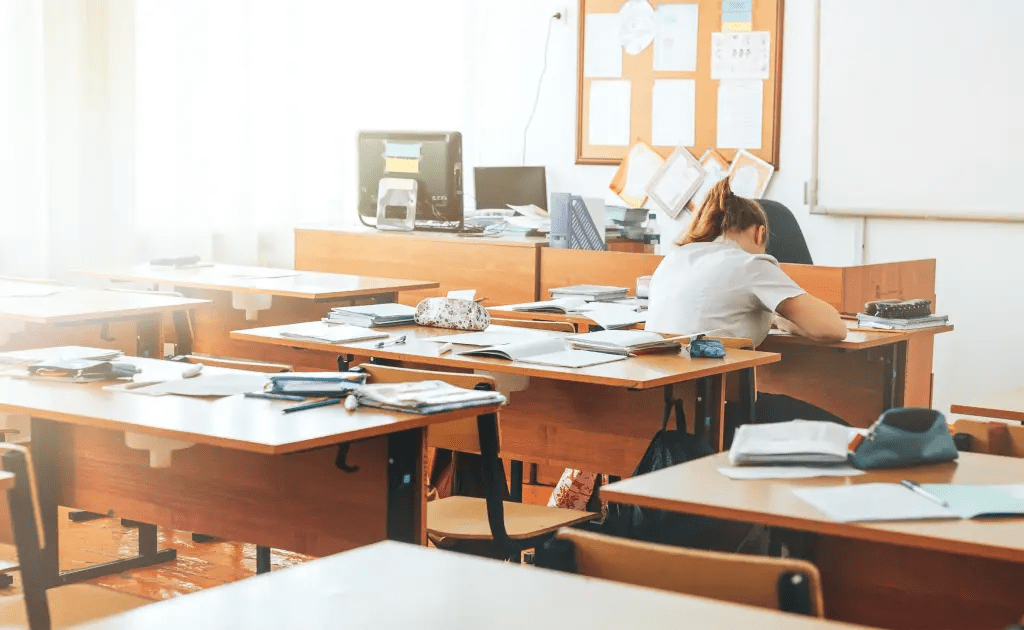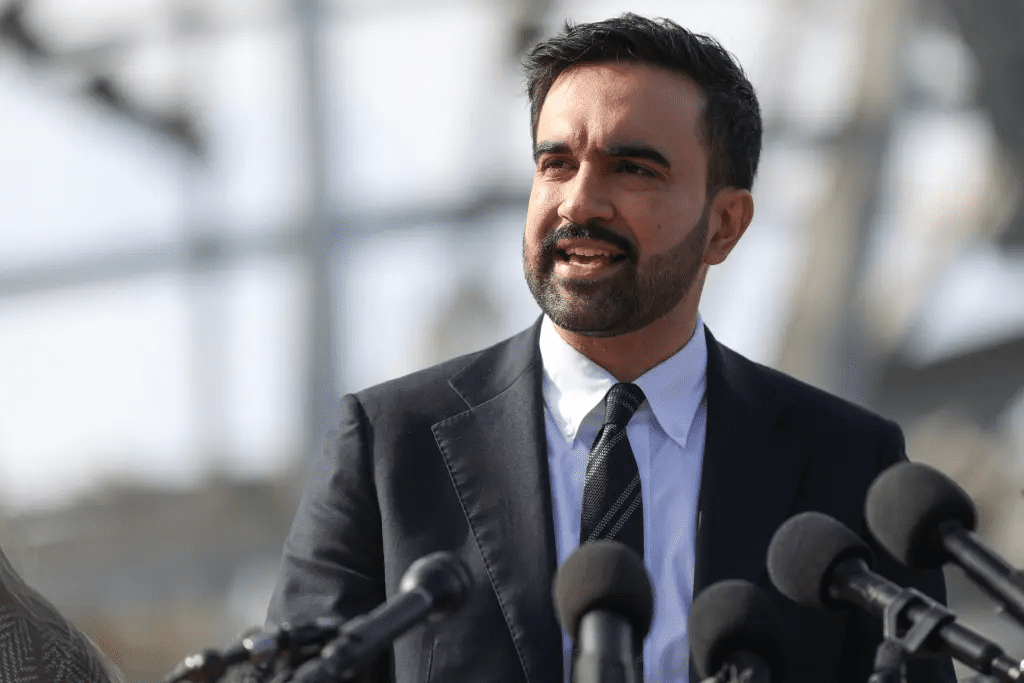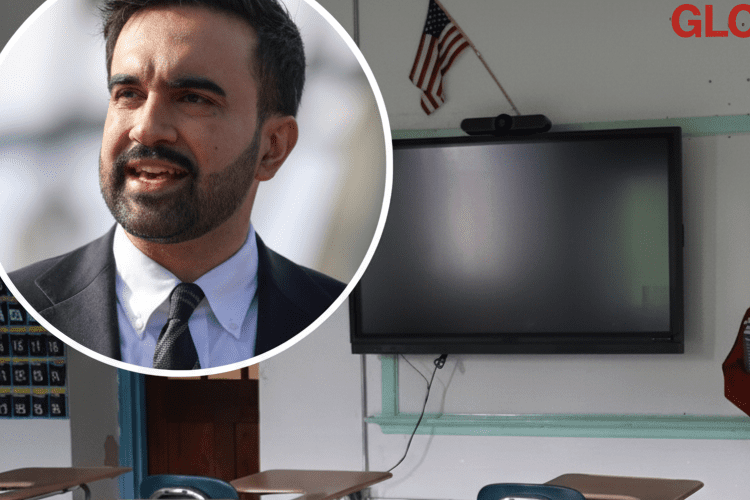Shocking: New York City Public Schools Shed 22,000 Students This Year While Education Budget Hits Record High
The halls of America’s largest public school system are echoing with absence. Preliminary data from the New York City Department of Education (DOE) show a dramatic drop of roughly 22,000 students this school year — a 2.4 per cent decline from last year, and the steepest fall in four years. For families, educators, and city officials this is not just a statistic — it’s a high-stakes human story of changing expectations, shifting populations, and a system under pressure.

Across classrooms once humming with the bustle of learning, now fewer desks are filled. The latest figures place total enrollment around 884,400 students, down from roughly 906,000 the year before. In fact, since the 2019-20 school year, the city has lost more than 100,000 students. In a city known for its vibrant density, this exodus speaks to deeper fault lines — cost of living pressures, migration, questions about school quality, and changes in family priorities.
One of the chief catalysts may be the relentless rise in housing and living costs in the five boroughs. When families feel pricing them out of neighborhoods, leaving the city becomes an unsurprising outcome. As one analyst observed, the finance that once supported neighborhood school ecosystems is slipping away, taking children with it. Charter schools — publicly funded but privately operated — continue to grow, suggesting some parents are voting with their feet. Also significant: the DOE itself points to parental dissatisfaction with academic rigor. In a survey released this year, 41 per cent of parents cited “lack of rigor” as their top reason for withdrawing their children from the city system.
The human stories behind the numbers are unmistakable. A Brooklyn mother told reporters she was choosing private daycare over free 3-K for her child, saying she didn’t believe the public option offered what it promised. Meanwhile, teachers in high schools described schools “bleeding kids,” quoting the startling phrase as a sign of a system under strain. The sense of urgency is palpable: smaller student bodies mean shrinking peer groups, reduced diversity of offerings, and economies of scale that are harder to maintain.

What complicates matters further is funding. While enrollment plunges, the DOE budget has ballooned to nearly $40 billion this year — up by nearly $7 billion since 2019. The juxtaposition of fewer students and more funding prompts uncomfortable questions: are resources being used effectively? Are dollars translating into improved outcomes? And for administrators grappling with allocations based on attendance and headcounts, the declining enrollment introduces financial uncertainty. Some under-enrolled schools face the prospect of budget claw-backs, though the city has temporarily maintained a “hold-harmless” policy to shield schools from mid-year cuts.
Amid the shifting numbers, policy decisions loom large. The incoming administration of Zohran Mamdani, elected mayor of New York City, has signalled a sharp pivot in some preferred reforms, including phasing out the gifted and talented (G&T) programs. Critics argue that eliminating advancement opportunities will further accelerate enrollment erosion. For many parents, the value of public education is increasingly tied to special programs and advanced tracks — when such options shrink, dissatisfaction grows.
The ripple effects extend beyond classrooms. With each family exit, the city loses tax revenue and the very fabric that supports public institutions starts to fray. Declining enrollment affects not just educational budgets but the broader question of whether New York can remain a viable place for families raising children. One education policy fellow warned that the dual trend of falling student numbers and rising spending “threatens the social fabric” of the city.

What makes this more than just a city story is how it reflects national anxieties. Urban school systems across America are wrestling with post-pandemic shifts in enrollment, remote learning backlash, affordability crises, and parental demand for more results. New York’s scale only intensifies the drama. As one teacher put it, “We’re bleeding kids while spending grows” — capturing both frustration and fear.
Within the DOE, the challenge is not simply to stop the decline but to re-establish trust. Families looking for educational stability, strong academic climbs, and manageable costs are voting with their feet. To reverse the trend, many say the city must provide a clear, compelling alternative to private and charter options — and do so without relying only on funding increases. The need is for visible improvements, accountability, and alignment between what families expect and what schools deliver.
Yet even amidst the concern, some glimmers of promise remain. The city’s 3-K program showed a modest uptick this year, bucking the broader trend of decline — suggesting that younger children are still being enrolled. But early childhood gains don’t automatically translate into sustained K-12 pathways. For the millions of families already inside the system, the question is what happens next. Will class sizes remain manageable? Will program cuts follow? Will staffing be impacted? The answers could reshape neighborhoods and choices for years.

As New York moves forward, the narrative is becoming one of cross-pressures: families seeking alternatives, policymakers grappling with budget realities, educators striving to maintain quality with fewer students. The stakes are personal. A family leaving a borough means a school losing a peer, a program shrinking, a teacher being reassigned. Over time, those individual exits add up. From the outer boroughs to Manhattan, the sense of urgency is grounded in the familiar desire: opportunity for your children, a safe and nurturing school, and a future that feels worth staying for.
In short, the story unfolding in New York’s public schools is as much about identity and future as it is about numbers. It’s about whether the city can adapt to new realities — affordability pressures, shifting demographics, competitive education market — or whether the system will fracture under the weight of changing expectations. Enrollment decline is more than a metric; it is the manifestation of families’ belief that their children’s opportunities lie elsewhere. For the city and its schools, the mission is clear: deliver not just access, but value. Otherwise, the empty desks tell a story of departure.


